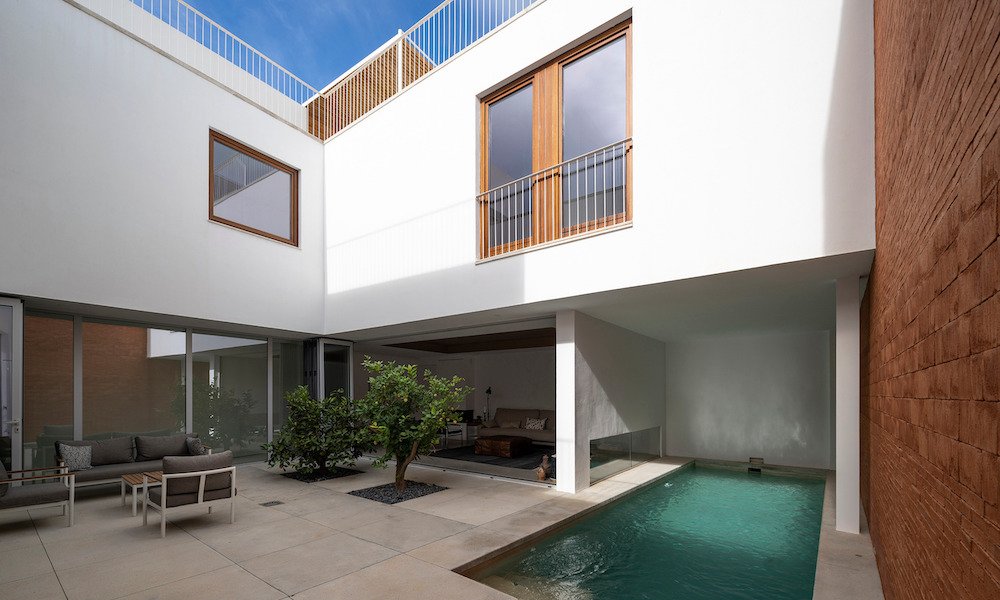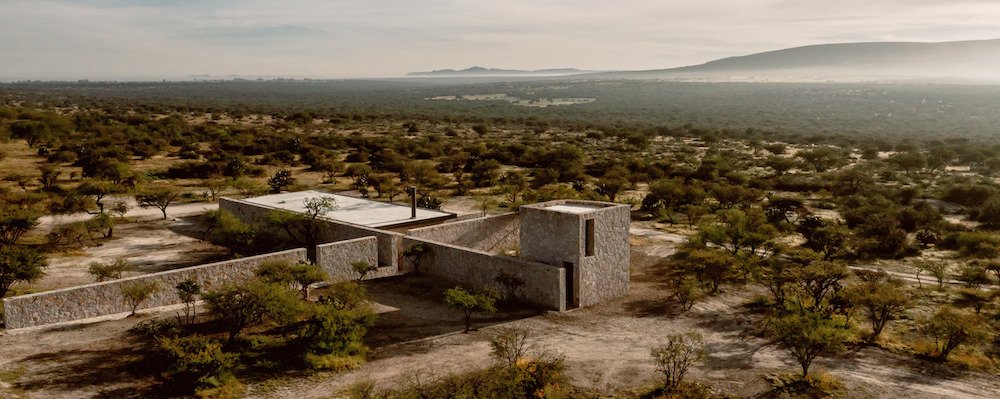#HeatSeries - WIIK House, Spain
In the Málaga region, a residential project hides in the centre of a town. The U-shaped plot is inspired by Arab architecture that needs to be lived, inhabited, and walked in.
Episode 3 – The WIIK House by DTR_Studio, Estepona.
Back in 2017, DTR_studio architects were contacted by the Wiik family. The Oslo-based family wanted to build a second residence where they could spend long seasons on the Costa del Sol. They asked the firm to find a plot in Estepona’s downtown district and the collaboration was based on a mutual understanding of architecture and life, and the client invested their trust in the firm.
DTR_studio found a u-shaped plot, leaving an existing house in the middle, and forming two independent facades facing the same street. That configuration allowed the architects to divide the housing programme into two well-differentiated units: the main house on one side, and a guest apartment on the other. The street to which both facades open is of little interest, so the proposed facades integrate into the environment, without standing out, providing prominence to the interior.
The project (534 sqm) is organised around the interior patios and the roof, inspired by Arab architecture that needs to be lived, inhabited, and walked in. The use of light, water, and vegetation will be tools that give meaning to the project. The axes of the intervention will blur the limits between the inside and the outside, take advantage of the mild Costa del Sol climate, and reaffirm a commitment to Mediterranean vernacular architecture.
A variety of different strategies will be implemented to incorporate natural light: patios, stairs-skylights, double heights, and more. The architects believe that any excuse is a good one to tame light and turn it into the true protagonist of the project. Depending on the orientation, the house will break down to enable the passage of sunlight.
The project's materiality tries to use “sincere finishes”: polished concrete floors provide continuity to all areas, wood panelling takes advantage of large storage lines, terracotta injects a differentiating element, and the ceiling adds a fifth façade.
Pictures by Juanan Barros





















